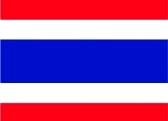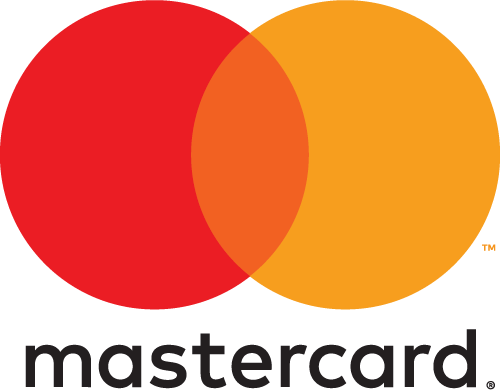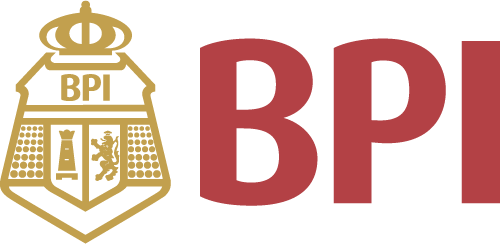All Categories
Ostara: Customs, Spells & Rituals for the Rites of Spring (Holiday Series)
Share Tweet








About Ostara: Customs, Spells & Rituals For The Rites Of
Product Description Celebrate the Awakening Earth at the Spring Equinox Embrace Ostara as a point of balance in your life, a moment in time where both dark and light and night and day are in harmony before the light is victorious and carries us on to the bounty of summer pleasures. Ostara is packed with rituals, spells, recipes, crafts, and customs to celebrate the awakening earth. This delightful guidebook will help you deepen your understanding of the spiritual aspects of this ancient spring holiday, and discover new ideas for expressing that spirituality. From Publishers Weekly The vernal equinox has long been regarded as the most earthy of the solar festivals, and McCoy's guide to the pagan celebration of Ostara/Eostre ably instructs readers in the holiday's historical association with fertility and sexuality, as well as its symbolic nature as a harbinger of spring. McCoy includes some useful history, as well as rituals, recipes and spells for the March 22 festival. The writing can be gimmicky ("Eggs-actly Ostara" is a bit much for an opening chapter title), but this is an engaging and helpful guide to Pagan ritual. Copyright 2002 Cahners Business Information, Inc. About the Author Edain became a self-initiated Witch in 1981 and has been an active part of the Pagan community since her formal initiation into a large San Antonio coven in 1983. Edain has researched alternative spiritualities since her teens, when she was first introduced to Kaballah, or Jewish mysticism. Since that time, she has studied a variety of magickal paths including Celtic, Appalachian folk magick, and Curanderismo, a Mexican-American folk tradition. Today, Edain is part of the Wittan Irish Pagan tradition, where she is a priestess of Brighid and an elder. An alumnus of the University of Texas with a BA in history, she is affiliated with several professional writer's organizations and occasionally presents workshops on magickal topics or works individually with students who wish to study Witchcraft. This former woodwind player for the Lynchburg (VA) Symphony claims both the infamous feuding McCoy family of Kentucky and Sir Roger Williams, the seventeeth-century religious dissenter, as branches on her ethnically diverse family tree. In her "real life," Edain works as a licensed stockbroker. Edain is the author of fifteen books, including Bewitchments; Enchantments; and her most recent release, Ostara: Customs, Spells & Rituals for the Rites of Spring. Excerpt. © Reprinted by permission. All rights reserved. The not-so-humble egg is inarguably the most pervasive symbol of the world’s spring festivals, Ostara included. Within its shell is contained all the archetypical connections humanity has ever held with life, death, and life renewed. This eternal cycle of rebirth at spring is a major theme in the spring holidays of virtually every one of the world’s religions, from the most ancient Pagan expressions of spirituality to the most modern sects of Christianity. How did the egg―particularly the chicken egg―get appointed to this lofty position of symbolizing a universe full of new life? Like many of our modern holiday customs, the egg’s place in spring spiritual rites is derived from the way our ancestors observed the natural world around them and honored their deities through these natural occurrences. With modern refrigeration, factory farming, and a fast-moving global marketplace making a variety of food abundant to us year round, it’s hard for us to fully comprehend that food was once a seasonal commodity that was impossible to obtain when the natural conditions allowing it to be produced were unavailable. The eyes of a laying hen and the amount of light she receives are the components responsible for her ability to produce eggs. A hen lays eggs when the retina, the part of the eye that captures light and images, is stimulated for periods of twelve hours or more by sunlight. When that light stimulation ends, so does her lay



















